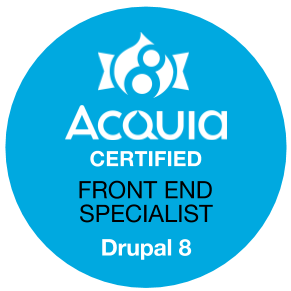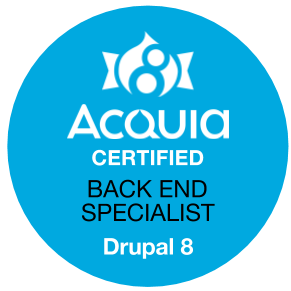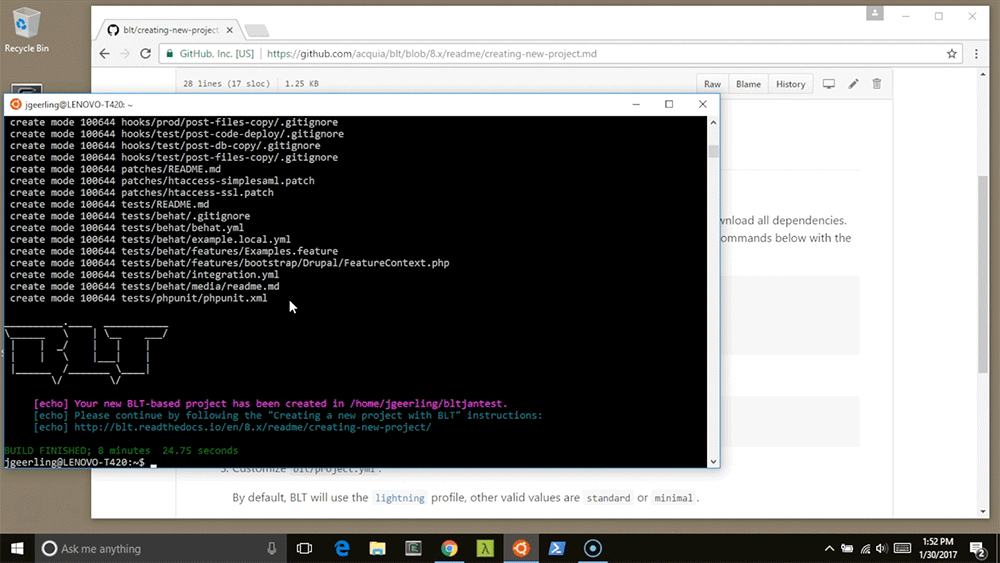...aka, avoid the annoying Javascript error below:
drupal.js:67
TypeError: undefined is not an object (evaluating 'entityElement
.get(0)
.getAttribute')
Many themers working on Drupal 8 sites have Contextual menus and Quick Edit enabled (they're present in the Standard Drupal install profile, as well as popular profiles like Acquia's Lightning), and at some point during theme development, they notice that there are random and unhelpful fatal javascript errors—but they only appear for logged in administrators.
Eventually, they may realize that disabling the Contextual links module fixes the issue, so they do so and move along. Unfortunately, this means that content admins (who tend to love things like contextual links—at least when they work) and up not being able to hover over content to edit it.
There are two ways you can make things better without entirely disabling these handy modules:


